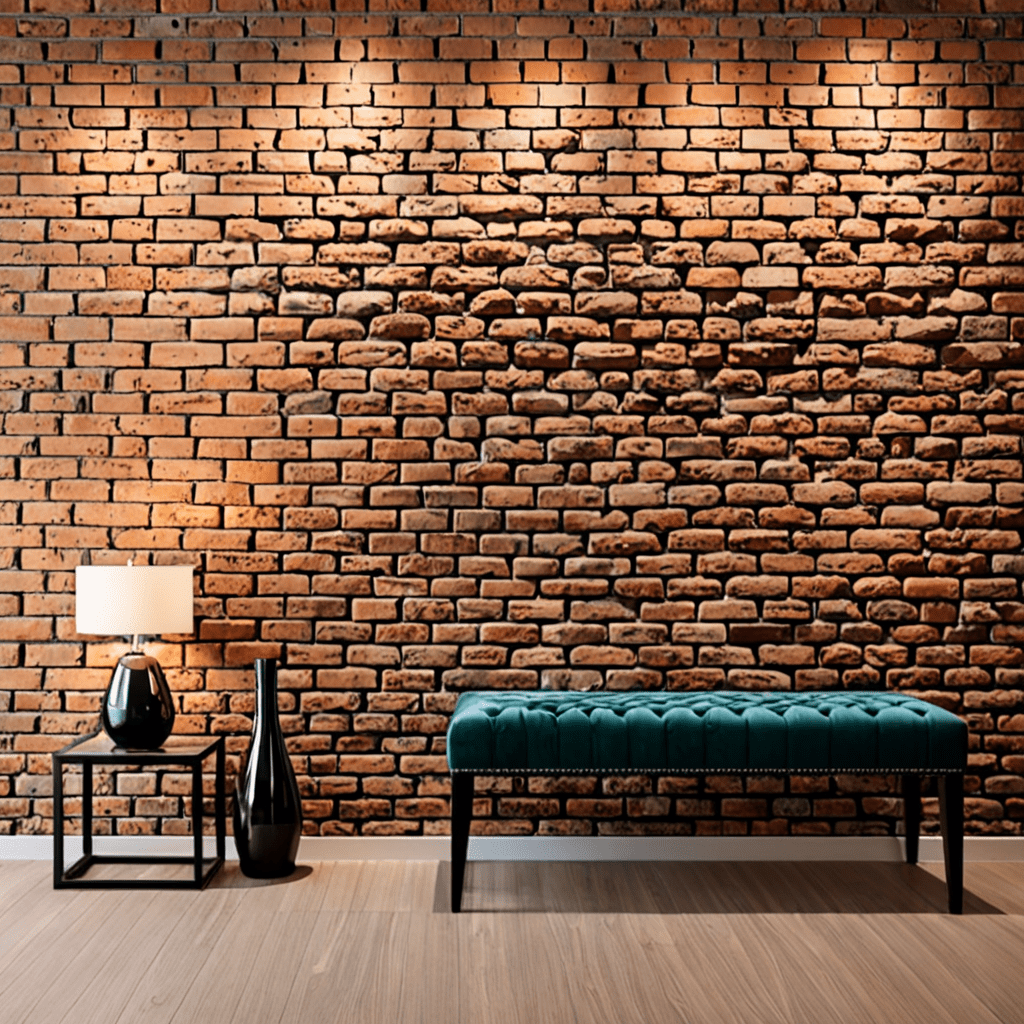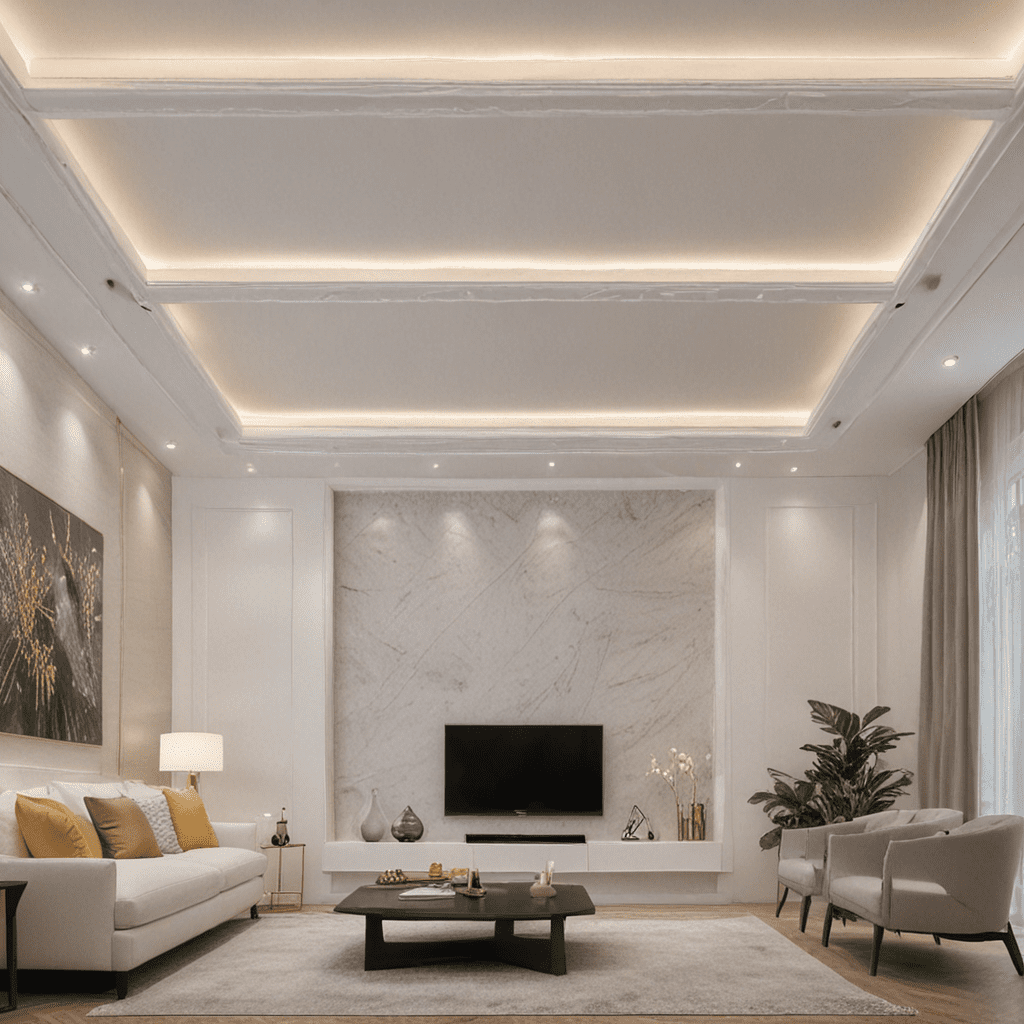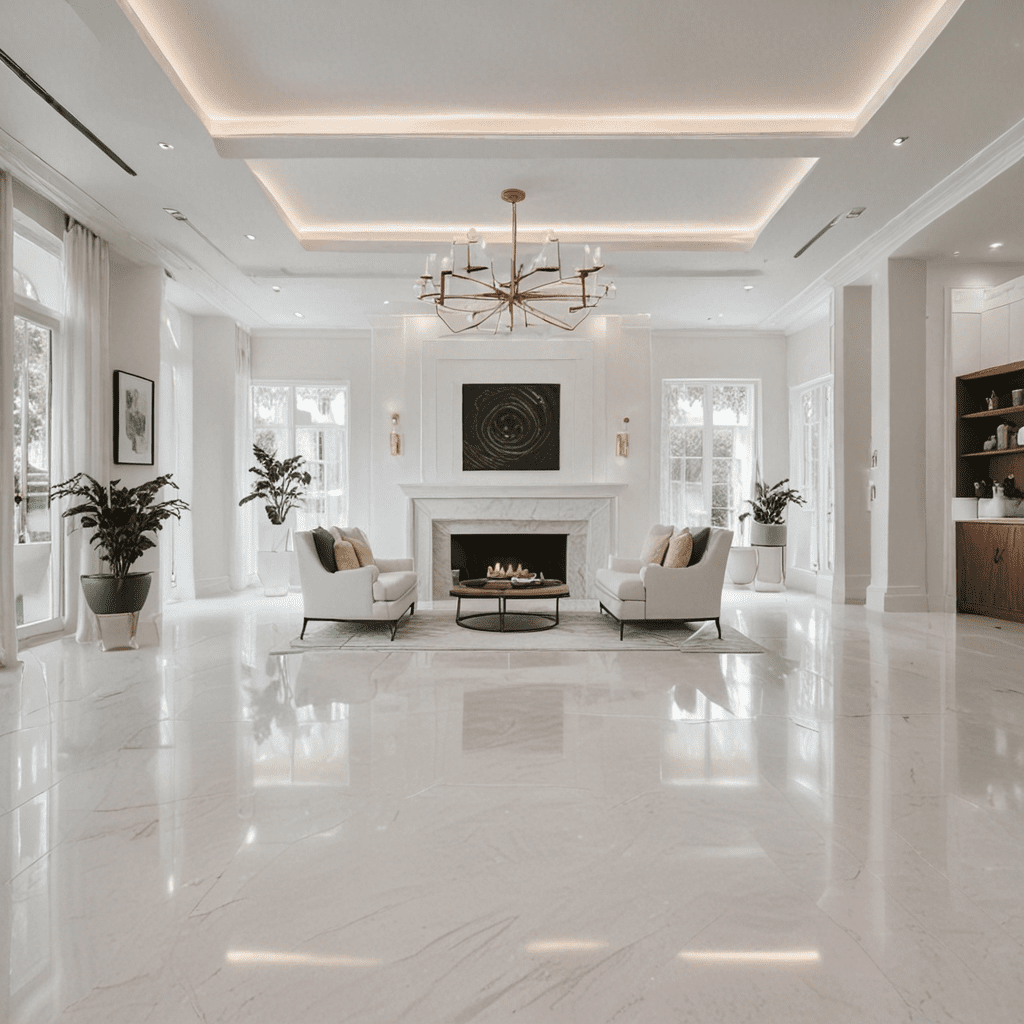Home Automation Systems: How to Cut Energy Bills and Increase Security


Home Automation Systems: How to Cut Energy Bills and Increase Security
Introduction
In an age where convenience, security, and sustainability are paramount, home automation systems stand at the forefront of modern living. These innovative systems do more than simplify routines; they transform houses into intelligent entities capable of self-regulation and remote management. With a smart home, cutting energy costs and fortifying security become more than aspirations—they turn into tangible benefits that elevate the quality of life. Let’s delve into how integrating home automation systems can redefine your living space, aligning comfort with cost-effectiveness and peace of mind.
Key Elements of Home Automation Systems
Home automation integrates technology with the comfort of your dwelling, marrying convenience to design. When optimizing your space for both aesthetics and functionality, consider these crucial elements:
- Smart Thermostats: These devices learn your heating and cooling preferences, adjusting the temperature automatically or through smartphone commands, ensuring energy efficiency and optimal comfort.
Automated Lighting: Smart lighting solutions not only allow for the customization of ambiance but also contribute to energy savings. They can be programmed to adjust based on natural light availability or to turn off when no one is in the room.
Security and Surveillance: Whether it’s smart locks, cameras, or alarm systems, home automation enhances security, offering real-time monitoring and alerts. Some systems even integrate with emergency services for immediate response.
Voice-Activated Assistants: Voice command technology like Amazon Alexa or Google Assistant provides seamless control over various smart home devices, making accessibility a top priority.
Energy Management Tools: These systems monitor and manage energy usage in real-time, providing actionable insights to reduce consumption and lower utility bills.
Tips for Integrating Home Automation Systems
Home automation should complement your space and lifestyle. Follow these tips to ensure seamless integration:
- Start with a Plan:
- Assess your current needs and future goals. Identify which areas would benefit most from automation and what devices you need.
- Choose Interoperable Devices:
- Opt for smart home devices that are compatible with each other. This ensures a unified system that can be controlled through a single interface.
- Consider Scalability:
- Start small with a few key devices and choose systems that can easily expand as your needs grow or technology evolves.
- Prioritize Security:
- With any smart system, cybersecurity is paramount. Ensure your devices have up-to-date security features and that your home network is protected.
- Seek Professional Advice:
- While DIY is tempting, consulting with a home automation expert can help you make informed decisions and avoid costly mistakes.
FAQ about Home Automation Systems
Question 1: How can home automation systems help lower my energy bills?
– Answer: Smart thermostats optimize your heating and cooling, while automated lighting ensures that you only use electricity when necessary. Additionally, energy management tools give you insights into your consumption patterns, allowing you to make adjustments that could lead to significant savings.
Question 2: Are home automation systems worth the investment?
– Answer: Absolutely. Initially, the setup might seem costly, but the long-term savings on energy bills and the added convenience and security they provide can make them a worthwhile investment.
Question 3: Can I integrate home automation in an older house?
– Answer: Yes, older homes can be retrofitted with smart home technology. However, the process might involve additional steps, such as updating wiring or Wi-Fi infrastructure, to ensure compatibility with new devices.
Question 4: How do home automation systems increase security?
– Answer: These systems allow for real-time surveillance, automated locks, and instant alerts to your device in case of an anomaly. This immediate response capability greatly enhances home security.
Question 5: How user-friendly are home automation systems for non-tech-savvy individuals?
– Answer: Modern home automation systems are designed with user experience in mind. They usually come with intuitive interfaces, and once set up, they require minimal interaction. Plus, voice-activated assistants make control as easy as speaking a command.
Incorporating home automation systems into your interior design not only contributes to a modern and efficient living space but also echoes the progression towards a smarter, more sustainable future. As technology continues to advance, the realm of possibilities for your home does too, ensuring that with a touch of innovation, your sanctuary can be as connected as it is comfortable.





